Discover the best cardio workouts for women at any age. From walking to dance, these exercises boost heart health, burn calories, and improve overall fitness.
Introduction
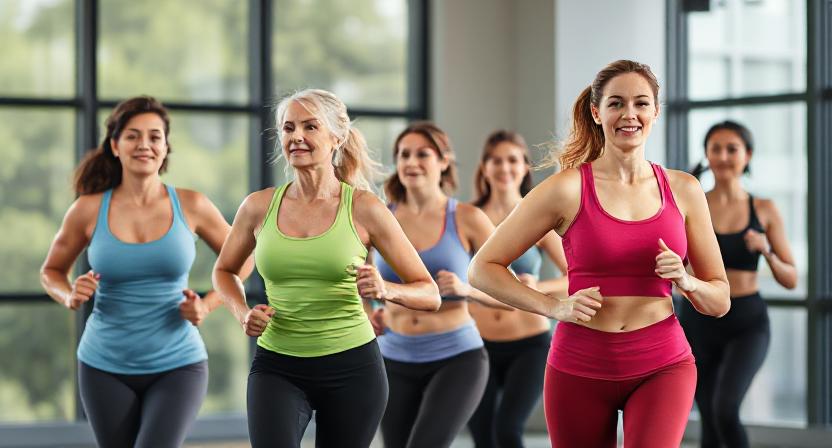
Cardio exercises are among the most effective ways to improve cardiovascular health, maintain a healthy weight, and boost energy levels. For women, regular cardio is not only vital for heart health but also plays a key role in hormonal balance, stress management, and preventing chronic conditions like diabetes and high blood pressure.
The beauty of cardio workouts is their versatility—they can be tailored to fit every age group, lifestyle, and fitness level. Whether you’re in your 20s balancing career and social life, in your 40s juggling family responsibilities, or in your 60s prioritizing graceful aging, there’s a cardio workout that suits you.
This article highlights the 10 best cardio workouts for women of all ages, offering options that are fun, effective, and adaptable.
Best Cardio Workouts for Women
1. Brisk Walking
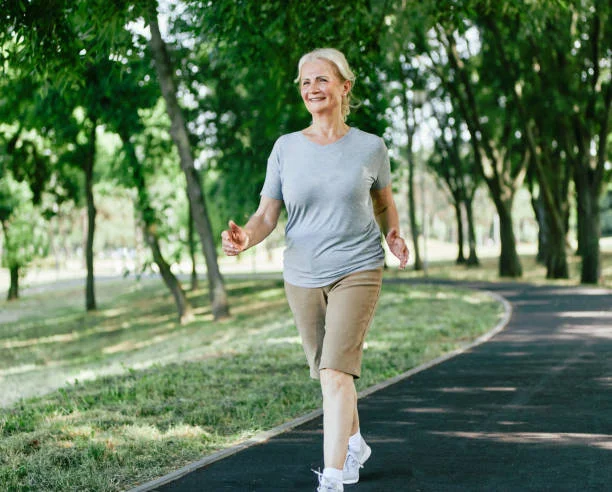
Walking is one of the simplest yet most powerful forms of cardio. It strengthens the heart, supports weight management, and reduces stress. A brisk 30-minute walk daily can lower blood pressure and improve circulation.
Why it works: Walking is low-impact, requires no equipment, and can be adapted to any fitness level.
Benefits:
-
Improves cardiovascular health
-
Supports weight management
-
Boosts bone strength and reduces osteoporosis risk
Demerits & Precautions:
-
Progress may be slow for women seeking rapid weight loss
-
Not intense enough for advanced athletes without speed or incline adjustments
-
Women with severe arthritis or hip issues should consult a doctor before starting
2. Jogging or Running
Jogging and running are excellent calorie-burning exercises that also release endorphins, boosting mood. Women of all ages can benefit from interval running, alternating between jogging and sprinting, to maximize cardiovascular gains.
Why it works: A classic cardio option that burns calories quickly and strengthens the lower body.
Benefits:
-
Excellent for heart and lung capacity
-
Effective stress reliever due to endorphin release
-
Builds endurance and stamina
Demerits & Precautions:
-
High-impact on joints (knees, hips, ankles)
-
May not be ideal for women with joint pain, obesity, or pregnancy
-
Can trigger fatigue or menstrual irregularities if overdone
Also Check: The Best Workouts for Women Over 50.
3. Cycling (Outdoor or Stationary)
Whether outdoors or on a stationary bike, cycling builds lower-body strength while being gentle on the joints. It is an ideal workout for women who prefer low-impact activities.
Why it works: A joint-friendly workout that enhances leg power and endurance.
Benefits:
-
Improves cardiovascular health
-
Burns fat while preserving muscle
-
Gentle on the knees compared to running
Demerits & Precautions:
-
Poor posture may cause back strain
-
Risk of saddle soreness in long sessions
-
Women with balance problems or osteoporosis should consider stationary cycling instead of outdoor biking
4. Swimming
Swimming is one of the full-body cardio workouts that tones muscles while protecting the joints. It’s particularly beneficial for women with arthritis or joint pain, offering resistance training and aerobic benefits in one.
Why it works: A full-body workout ideal for women of all ages, especially those with joint issues.
Benefits:
-
Builds strength and cardiovascular endurance
-
Safe during pregnancy (with doctor’s approval)
-
Helps women with arthritis or chronic pain stay active
Demerits & Precautions:
-
Limited accessibility (requires pool)
-
Chlorine exposure may cause skin or hair dryness
-
Not suitable for women with severe respiratory problems without medical clearance
5. Dance Workouts
From Zumba to hip-hop dance classes, dancing is a fun way to burn calories and improve coordination. It doubles as a stress reliever and can be enjoyed solo or in groups.
Why it works: Combines fun with fitness, making it sustainable for women who dislike traditional workouts.
Benefits:
-
Reduces stress and boosts mood
-
Improves coordination and flexibility
-
Suitable for group and home sessions
Demerits & Precautions:
-
Can strain knees with repetitive movements
-
Intensity varies; may not give equal results for all
-
Not recommended for women with chronic back issues unless modified
6. Jump Rope
Jumping rope of the highly efficient Cardio Workouts, it boosts agility, coordination, and cardiovascular endurance. Just 15 minutes a day can equal a longer jogging session.
Why it works: A fun, calorie-torching exercise that improves coordination and agility.
Benefits:
-
Burns a high number of calories in short time
-
Improves bone density and balance
-
Portable and cost-effective workout
Demerits & Precautions:
-
High impact on joints
-
Risky for women with knee pain, pelvic floor weakness, or advanced pregnancy
-
Should be performed with proper shoes and surface to prevent injuries
7. Rowing (Machine or Outdoor)
Rowing, either on water or using a rowing machine, provides a full-body workout that strengthens arms, legs, and core while offering excellent cardiovascular benefits.
Why it works: A low-impact, full-body cardio option targeting arms, core, and legs.
Benefits:
-
Improves cardiovascular endurance
-
Builds muscle while burning fat
-
Low joint stress compared to running
Demerits & Precautions:
-
Incorrect form may lead to back injuries
-
Requires access to equipment
-
Not suitable for women with severe lower back pain
8. HIIT (High-Intensity Interval Training)
HIIT alternates between short bursts of high-intensity exercise and recovery periods. It’s one of the fastest ways to burn fat and improve cardiovascular health, making it ideal for busy women.
Why it works: Short bursts of intense activity followed by rest, making it efficient for busy women.
Benefits:
-
Burns fat faster than steady-state cardio
-
Improves heart and lung capacity
-
Time-efficient for working women
Demerits & Precautions:
-
High risk of injury if done without supervision
-
Not suitable for beginners or women with heart conditions without medical advice
-
Can trigger excessive fatigue if not balanced with rest
9. Stair Climbing
Why it works: Uses body weight resistance to strengthen the lower body while providing a solid cardio challenge.
Benefits:
-
Builds leg and glute strength
-
Increases heart rate quickly
-
Accessible (stairs at home or gym machines)
Demerits & Precautions:
-
High strain on knees and hips
-
Can be tiring for beginners
-
Women with osteoarthritis or post-surgery recovery should avoid without medical approval
10. Aerobics Classes
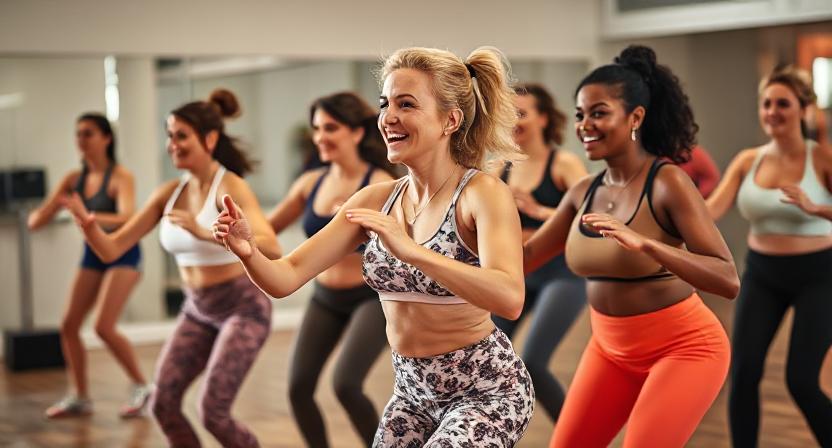
Traditional aerobics classes remain a favorite among women of all ages. They provide structure, motivation, and a social environment, making it easier to stay consistent with cardio.
Bonus Cardio Exercises
11. Hiking
Hiking combines cardio with strength training by engaging multiple muscle groups. It also offers mental health benefits by connecting women with nature, reducing stress and anxiety.
12. Kickboxing
An intense workout that combines cardio and strength training, great for toning muscles and boosting endurance.
Also Check: 5 Yoga Poses to Relieve Menstrual Cramps.
Prevention and Best Practices
-
Start slowly: Women new to cardio should gradually build endurance.
-
Listen to your body: Choose low-impact options if you experience joint discomfort.
-
Stay consistent: Aim for at least 150 minutes of moderate-intensity cardio per week.
-
Pair with strength training: Balance cardio with resistance exercises for overall health.
-
Hydration and recovery: Drink plenty of water and allow rest days to prevent burnout.
FAQs
Q: How much cardio should women do weekly?
The American Heart Association recommends at least 150 minutes of moderate or 75 minutes of vigorous cardio per week.
Q: Can cardio help with weight loss?
Yes, cardio burns calories and boosts metabolism, which supports weight loss when combined with a healthy diet.
Q: Is cardio safe for older women?
Yes. Low-impact exercises like walking, swimming, and cycling are especially safe and effective for older women.
Q: Should cardio be done daily?
Cardio can be done daily if varied in intensity and paired with adequate rest to prevent overuse injuries.
Q: Is cardio safe during pregnancy?
Yes, low-impact cardio like walking, swimming, and stationary cycling is safe with medical approval. High-impact activities like running or HIIT should be avoided unless the woman is already accustomed to them.
Q: Can cardio help with hormonal balance?
Yes, cardio workouts reduce cortisol (stress hormone) and improve insulin sensitivity, which can help regulate menstrual cycles and reduce PCOS symptoms.
Q: Can too much cardio harm women’s health?
Yes, overtraining can lead to irregular periods, fatigue, joint injuries, and weakened immunity. Balance cardio with strength training and rest.
Conclusion
Cardio workouts are powerful tools for women’s health across all ages, but the type and intensity should match individual fitness levels and health conditions. From walking and swimming to HIIT and dance, there’s something for everyone. The key is to listen to your body, adapt exercises when necessary, and combine cardio with strength training and flexibility workouts for well-rounded fitness.
With proper planning and awareness of possible limitations, cardio can be both safe and transformative for women’s physical and mental health.
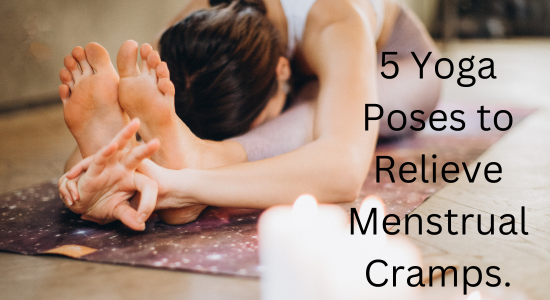
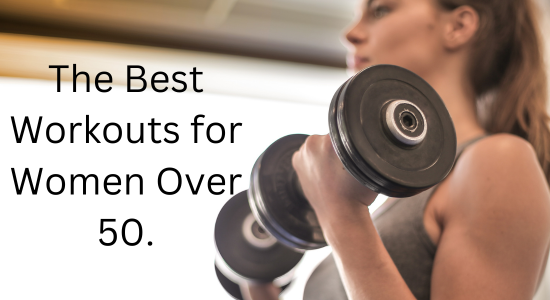
Pingback: The Beginner's Guide to Women's Strength Training
Pingback: How to Perform Tabata Workouts for Women